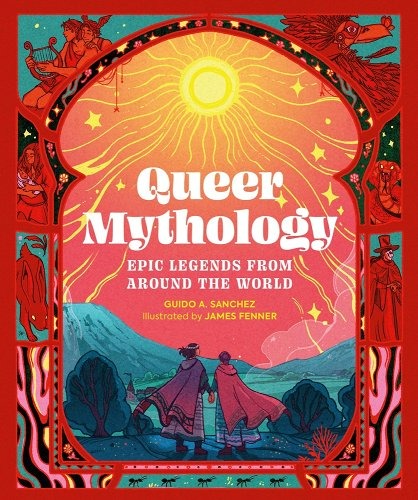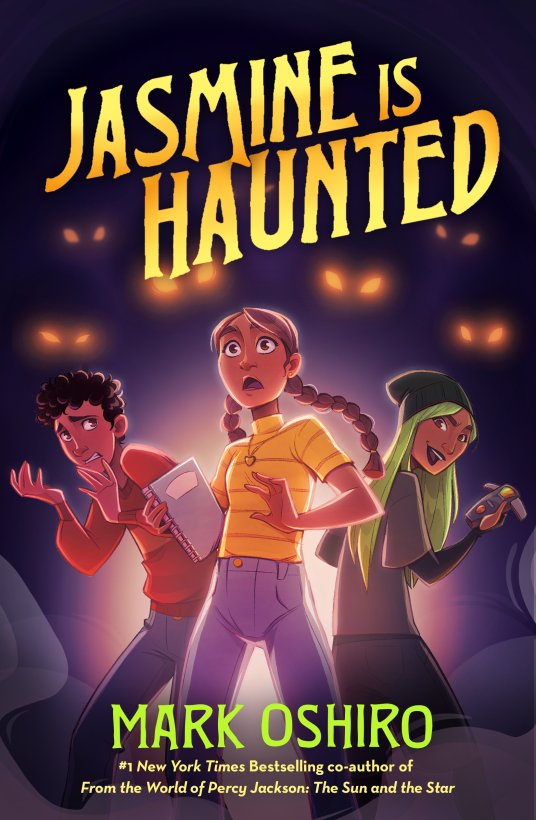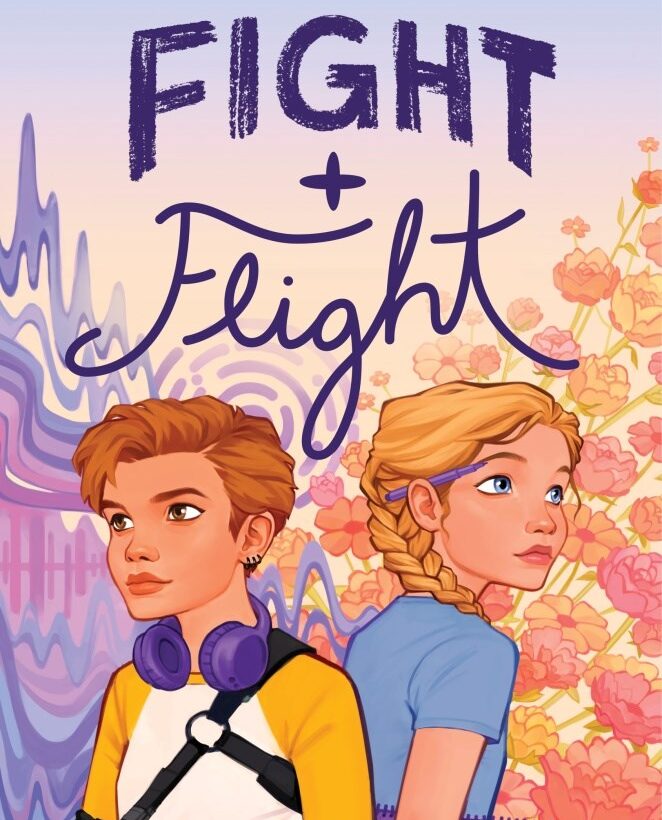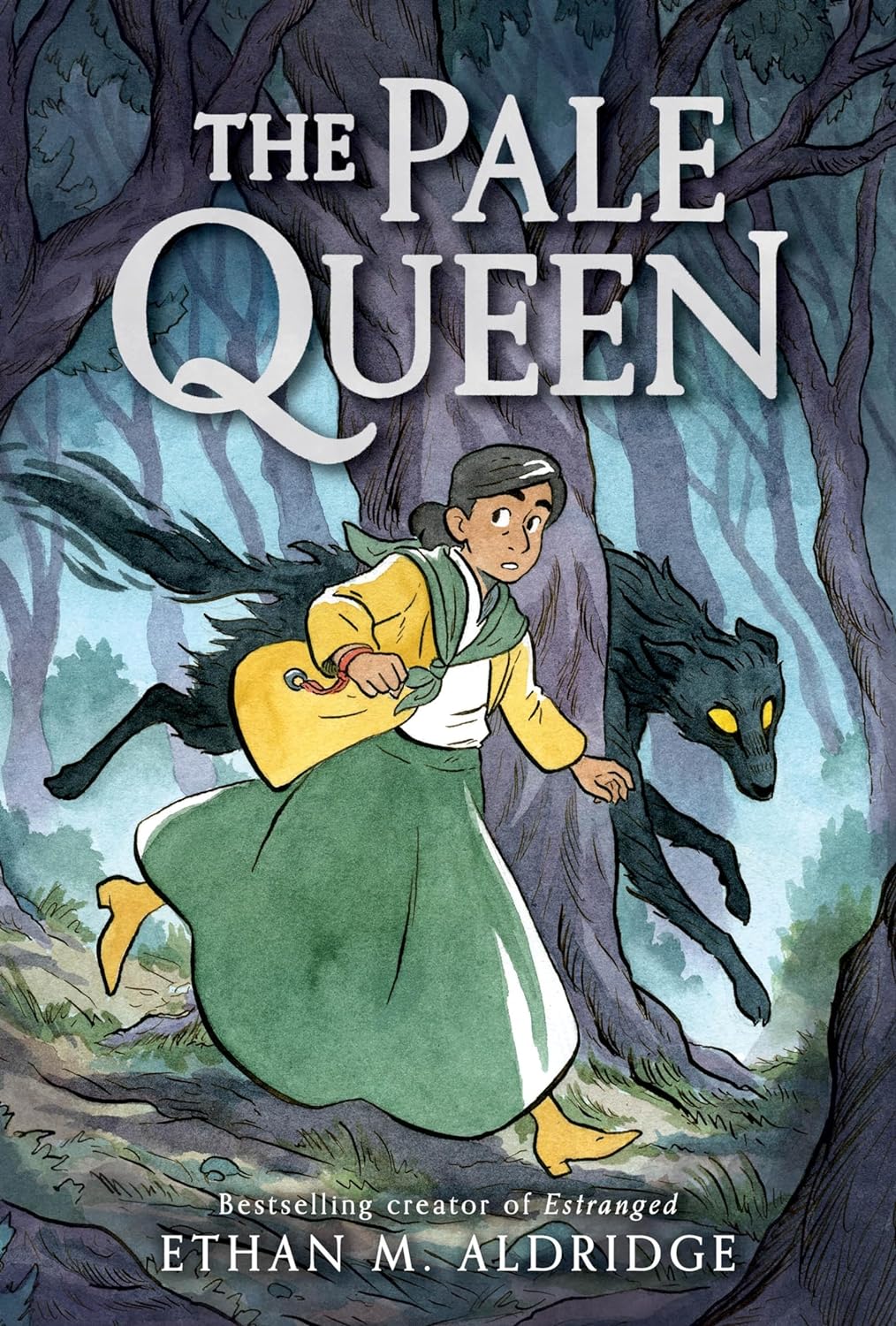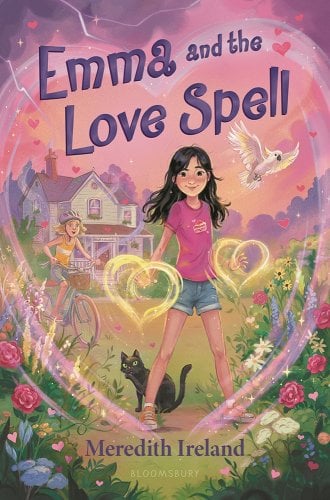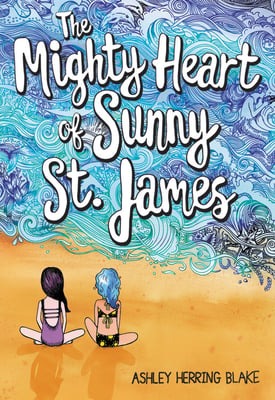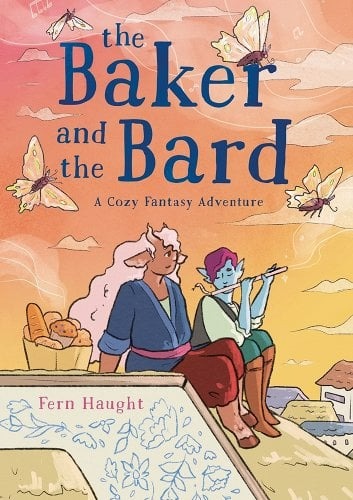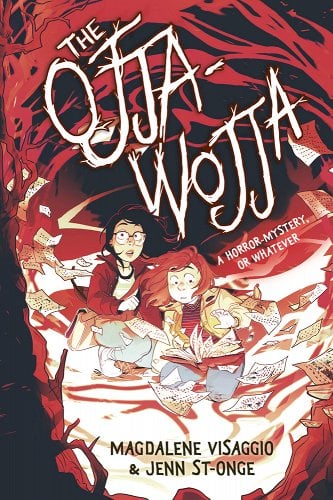These four books are listed in order of suitability for middle-to-high schoolers and deal with the timeless experiences of feeling like an outsider, finding the fortitude to be yourself, and the need for proper communication with partners. They’re great books to start conversations about these things, and have lovely art that are sure to make themRead More
Grief and the Gay Supernatural Alliance: Jasmine is Haunted by Mark Oshiro
Jasmine Garza is tired of moving, she’s tired of switching schools, and she’s tired of her Mami not believing her. Ever since her father died, she’s been haunted—but not by him. By a ghost who wants to ruin her life, apparently, because it keeps getting her into trouble. She’s tried to talk to her MamiRead More
Queer Friendship and Active Shooter Drills: Fight + Flight by Jules Machias
Trigger warnings: anxiety, panic attacks, bullying, grief, gun violence in schools Fight + Flight has two main characters, Avery and Sarah, who take turns narrating. They attend the same school and each begins the book interested in the other. Bold, active Avery is openly pansexual; she knows she has a crush. And, as a middle schoolRead More
Queer Joy at the IBD Support Group: The Year My Life Went Down the Toilet by Jake Maia Arlow
Buy this from Bookshop.org to support local bookstores and the Lesbrary! And you think you have a lot of crap to deal with! The Year My Life Went Down the Toilet by Jake Maia Arlow is the story of twelve-year-old Al Schneider, whose life is moving at far too fast a pace—and so are her intestines.Read More
Beware the Fae (Even When Gay): The Pale Queen by Ethan M. Aldridge
Buy this from Bookshop.org to support local bookstores and the Lesbrary! I just want to bask for a moment in the reality that we live in a time where an author can go to a major publisher and say, “Here’s my pitch for a book: a sapphic gothic romance graphic novel for middle schoolers” andRead More
A Witchy Parent Trap: Emma and the Love Spell by Meredith Ireland
Buy this from Bookshop.org to support local bookstores and the Lesbrary! Emma has plans for the perfect summer, and they all involve her best friend (and crush!) Avangeline by her side. However, Avangeline reveals that her parents are getting a divorce, and her mom plans to take her with her to New Orleans! Emma decidesRead More
A Small Middle Grade with a Big Punch: The Mighty Heart of Sunny St. James by Ashley Herring Blake
Buy this from Bookshop.org to support local bookstores and the Lesbrary! Sunny St. James has a new lease on life. In her case, this is literal after she receives a heart transplant and finally, finally has a chance to have something close to a normal summer. Swimming in the ocean, staying up late to watchRead More
A Comforting Queer Cozy Fantasy Comic: The Baker and the Bard by Fern Haught
Buy this from Bookshop.org to support local bookstores and the Lesbrary! One of my favourite micro niches is queer cozy fantasy middle grade comics—which mostly just means I adore the Tea Dragon series by K. O’Neill. I have a print from that series on my wall. I have the box set. I have the cardRead More
When Your Hyperfixation is Sapphic Books: A Shortlist of Sapphic Autistic Narratives
I recently read a report from the University of Cambridge about how autistic people are more likely to be queer than allistic people, with specifically autistic female-identifying people being three times as likely to identify as some form of queer. If you are interested in reading more about this, you can read the abstract. ThisRead More
A Sweet Middle Grade Coming-of-Age: Ivy Aberdeen’s Letter to the World by Ashley Herring Blake
Buy this from Bookshop.org to support local bookstores and the Lesbrary! Ivy Aberdeen’s life was already chaotic between her newborn twin brothers, her older sister’s odd behavior, and Ivy struggling with her own confusing feelings for girls that she can’t quite name. But then her family home is swept away by a tornado and Ivy’sRead More
- 1
- 2
- 3
- 4
- Next Page »
